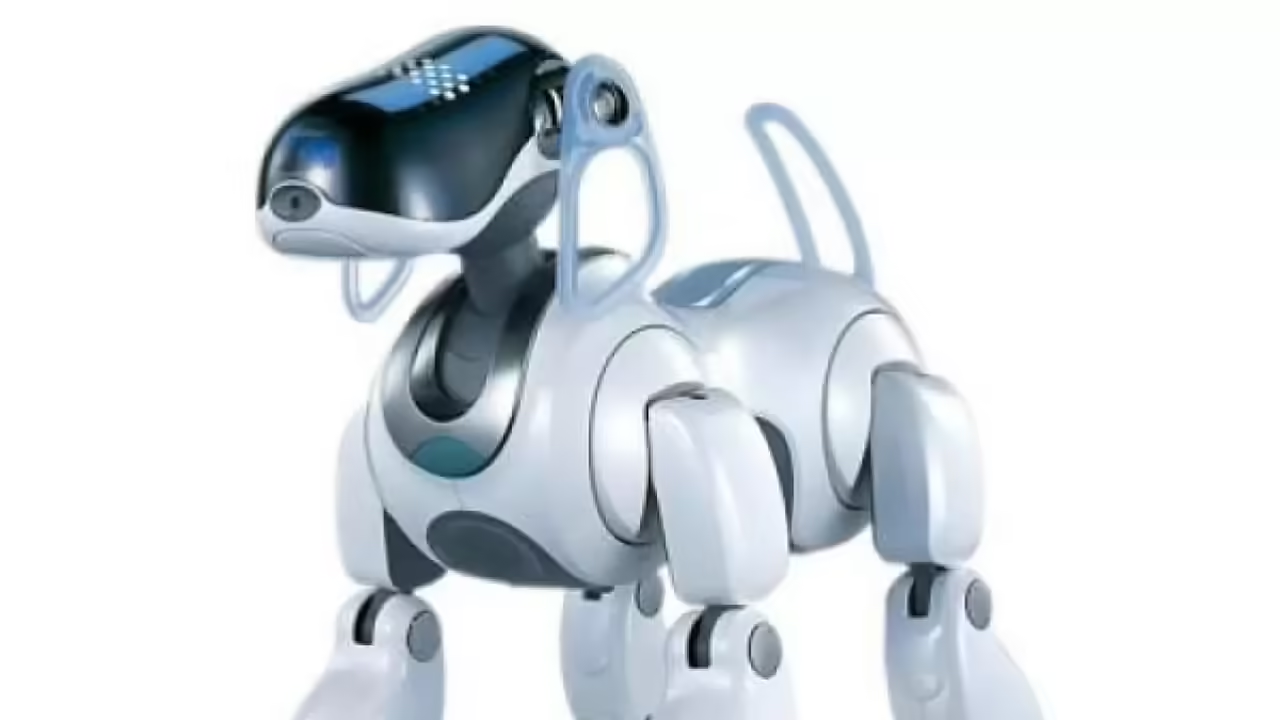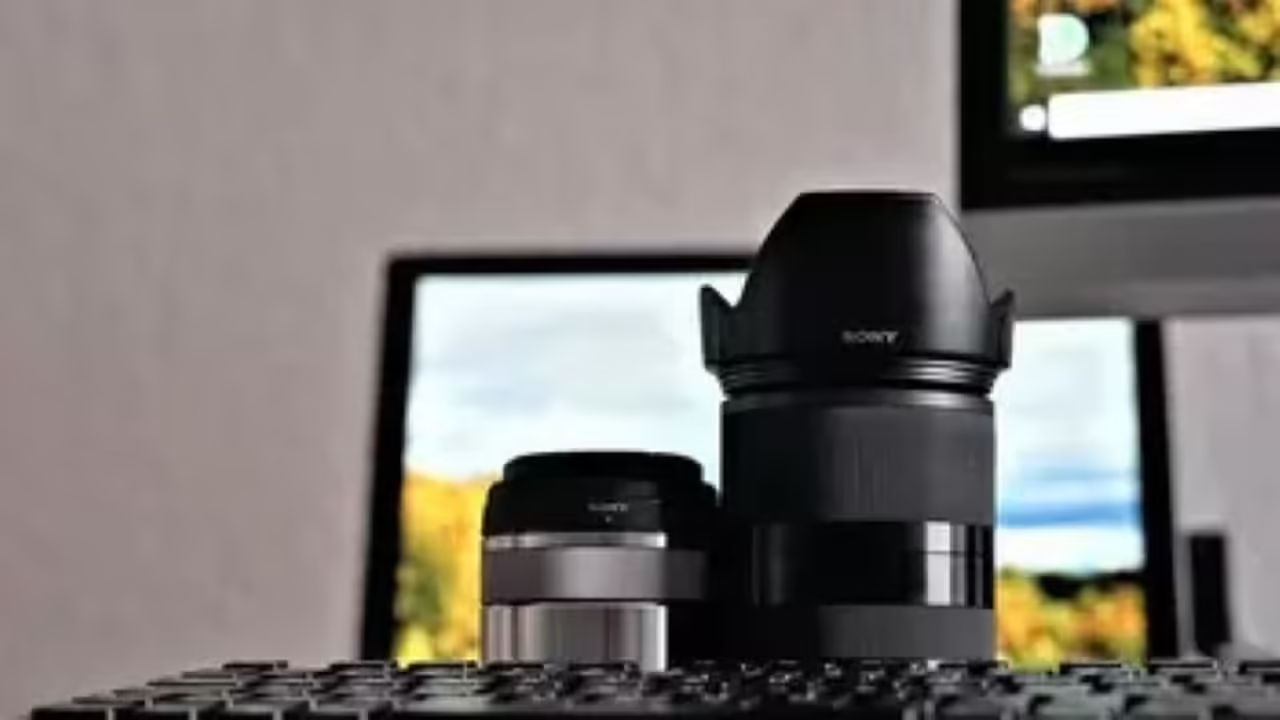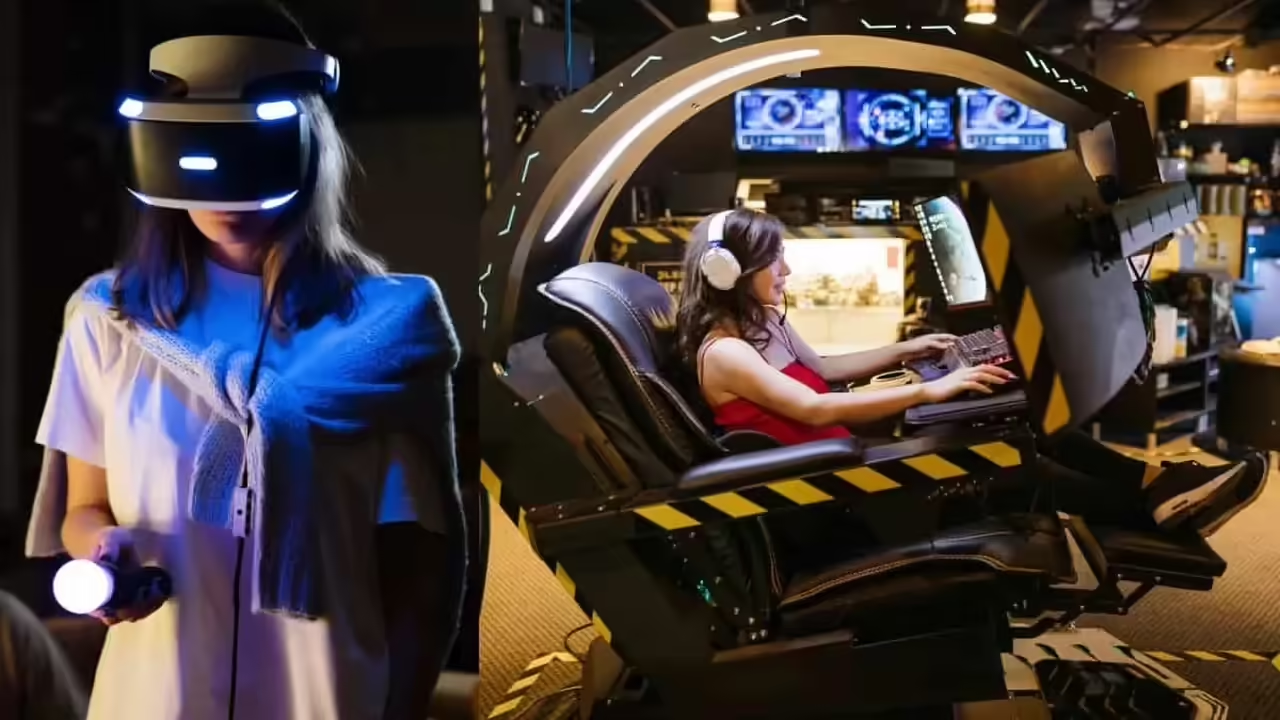
A team of engineers has developed a robotic dog to help blind people navigate the urban environment. The robotic dog, called Guía, has the shape and size of a Labrador retriever and is equipped with sensors, cameras and an artificial intelligence system that allows it to detect obstacles, traffic lights, crossings and other traffic elements.
The guide communicates with its owner by means of an intelligent leash that vibrates and emits sounds to indicate the direction and speed to follow. In addition, the robotic dog can recognize its owner’s voice and obey simple commands such as “stop”, “follow” or “turn”. The goal of this project is to offer a safer, more efficient and affective alternative to canes and traditional guide dogs for blind people.
The origin of the robotic dog
The origin of the robotic dog dates back to the end of the 20th century, when the first prototypes of quadruped robots were developed by various companies and institutions. These robots were intended to mimic the movement and intelligence of real dogs, as well as to provide various useful functions for humans, such as surveillance, rescue or entertainment.
It was not until the beginning of the 21st century that the robotic dog reached an unprecedented level of sophistication and popularity, thanks to the advancement of technology and market demand. The robotic dog became a commercial and accessible product for the general public, as well as a loyal and faithful companion for many people. The robotic dog has also been used for military, scientific and educational purposes, demonstrating its versatility and potential. It is undoubtedly one of the most revolutionary and innovative inventions in the history of robotics.
How does the robotic dog work to help blind people?
The robotic dog is a technological innovation that can help blind people or people with other disabilities to improve their mobility and autonomy. It is an intelligent device that can orient itself in space, recognize objects and people, communicate by voice and access information in real time.
The robotic dog can serve as a guide for its user, taking him to places of interest, such as stores, restaurants or hospitals, and alerting him to possible obstacles or dangers along the way. Similarly, the robotic dog can assist people with dementia or Alzheimer’s by reminding them of medical appointments, ordering a cab or telling them what their cameras see.
One of the most advanced examples of a robotic dog is Tefi, a prototype developed by a team at the Spanish National Research Council (CSIC). Tefi is shaped like a four-legged dog and is equipped with artificial intelligence. Its head contains a camera that allows it to identify objects and people accurately.
It also has a GPS for outdoor navigation and connects to Google for up-to-date information, such as traffic situation or building plans. Tefi can communicate with its owner or other people by voice, using a built-in speaker. Its shape allows it to move in any environment, even on stairs, and it is capable of doing a backflip.
The robotic dog offers several advantages over traditional guide dogs. On the one hand, it is more economical and requires no care or feeding. On the other hand, it is more robust and dynamic in rough environments and can access more information than an animal. In addition, the robotic dog can adapt to the needs and preferences of each user, learning from their habits and tastes. The robotic dog is a tool that can improve the quality of life of people who are blind or have other disabilities, providing them with security, confidence and companionship.
Comparison between the real guide dog and the robotic dog
Guide dogs are animals trained to assist visually impaired people, helping them to move safely and autonomously through the environment. Robotic dogs are electronic devices that mimic the appearance and behavior of real dogs, and can also provide assistance functions to people with special needs.
Both types of dogs have advantages and disadvantages that should be analyzed before choosing one or the other. Some aspects to consider are:
Cost: Real guide dogs have a high cost of acquisition, maintenance and veterinary care, while robotic dogs have a lower initial cost, but may require periodic repairs or upgrades.
Affection: Real guide dogs establish an emotional bond with their owners, providing companionship and psychological support, while robotic dogs have no feelings or personality of their own, and can be more cold and impersonal.
Training: Real guide dogs need specialized and continuous training to learn to obey their owners’ commands and adapt to different situations that arise, while robotic dogs come programmed with a series of preset functions and commands, which can be easier to use but also more limited.
Performance: Real guide dogs have superior sensory and motor skills compared to robotic dogs, allowing them to detect and avoid obstacles, recognize traffic signs, orient themselves by smell or hearing, etc., while robotic dogs rely on available technology, which may fail or become obsolete over time.
Legality: Real guide dogs are legally recognized as assistance animals, which allows them to access public places such as transportation, stores or restaurants without restrictions, while robotic dogs may be subject to specific regulations or prohibitions in some spaces.
The choice between a real guide dog or a robotic dog depends on the preferences and needs of each person, as well as the characteristics and conditions of the environment in which he or she lives. Both options can be beneficial to improve the quality of life and autonomy of people with visual impairment, as long as they are used appropriately and responsibly.
Opinions and testimonials from people who have used the robotic dog
The robotic dog is an intelligent device that can interact with humans and the environment in a natural and fun way. Many people who have used the robotic dog have shared their opinions and testimonials about their experience with this innovative product. Here are some examples:
Ana, a primary school teacher, says that the robotic dog has helped her to motivate her students and teach them science and technology concepts. “It’s a very useful and entertaining pedagogical tool. The children have a lot of fun with the robotic dog and learn by playing. In addition, the robotic dog is very easy to use and adapts to different levels of difficulty.”
Carlos, a 65-year-old retiree, says the robotic dog has kept him company and brightened his life. “I feel more companionable and happy with the robotic dog. It’s like having a faithful friend who is always by my side. The robotic dog makes me laugh with his tricks and makes me feel useful by teaching him new things. It also helps me stay active and socialize with other people who have the robotic dog.”
Laura, a graphic designer, expresses that the robotic dog has inspired her and stimulated her creativity. “The robotic dog is a marvel of technology. I am fascinated by its design and how it works. The robotic dog has inspired me to create new projects and to explore new possibilities. It has also helped me to relax and unwind from the stress of work.”
Ethics and responsibility in the use of the robotic dog for blind people
The robotic dog is a technological innovation that can improve the quality of life of blind people by offering them an alternative for mobility, companionship and safety. However, the use of this device also implies a series of ethical challenges and responsibilities that must be considered by users, manufacturers and society in general.
Among the ethical aspects that arise are respect for the dignity and autonomy of blind people, care for animal welfare, protection of privacy and personal data, and prevention of possible risks or damage arising from malfunction or misuse of the robotic dog. These aspects require critical reflection and dialogue between the different actors involved, as well as adequate regulation to ensure compliance with ethical principles and standards.
Among the responsibilities arising from the use of the robotic dog are the education and training of users, supervision and maintenance of the device, adaptation to the social and physical environment, and participation in the development and improvement of the product. These responsibilities imply an active and conscious engagement of the users with the robotic dog, as well as collaboration with manufacturers and competent authorities to ensure the proper use and exploitation of this technology.
Perspectives for the integration of the robotic dog into society
The robotic dog is an emerging technology that has the potential to transform the way we interact with animals and the environment. Robotic dogs are autonomous devices that mimic the appearance, behavior and abilities of real dogs, but with advantages such as increased endurance, adaptability and intelligence. These devices can have diverse applications, such as rescue, security, assistance, entertainment and education.
However, the integration of the robotic dog into society also poses a number of ethical, social and legal challenges. How will the robotic dog affect the relationship between humans and animals? What rights and responsibilities will the owners and manufacturers of robotic dogs have? What rules and regulations should be established to ensure the safe and responsible use of robotic dogs? What impact will the robotic dog have on animal welfare, biodiversity and the environment?
These are some of the questions that need to be addressed to facilitate the integration of the robotic dog into society. A multidisciplinary and inclusive dialogue is required between different stakeholders, such as scientists, engineers, legislators, educators, consumers and animal advocates.
Awareness and education about the benefits and risks of robotic dogs, as well as respect and empathy for real animals, must also be fostered. Only then can the potential of the robotic dog be harnessed to improve the quality of life for people and animals, without compromising their dignity and integrity.







